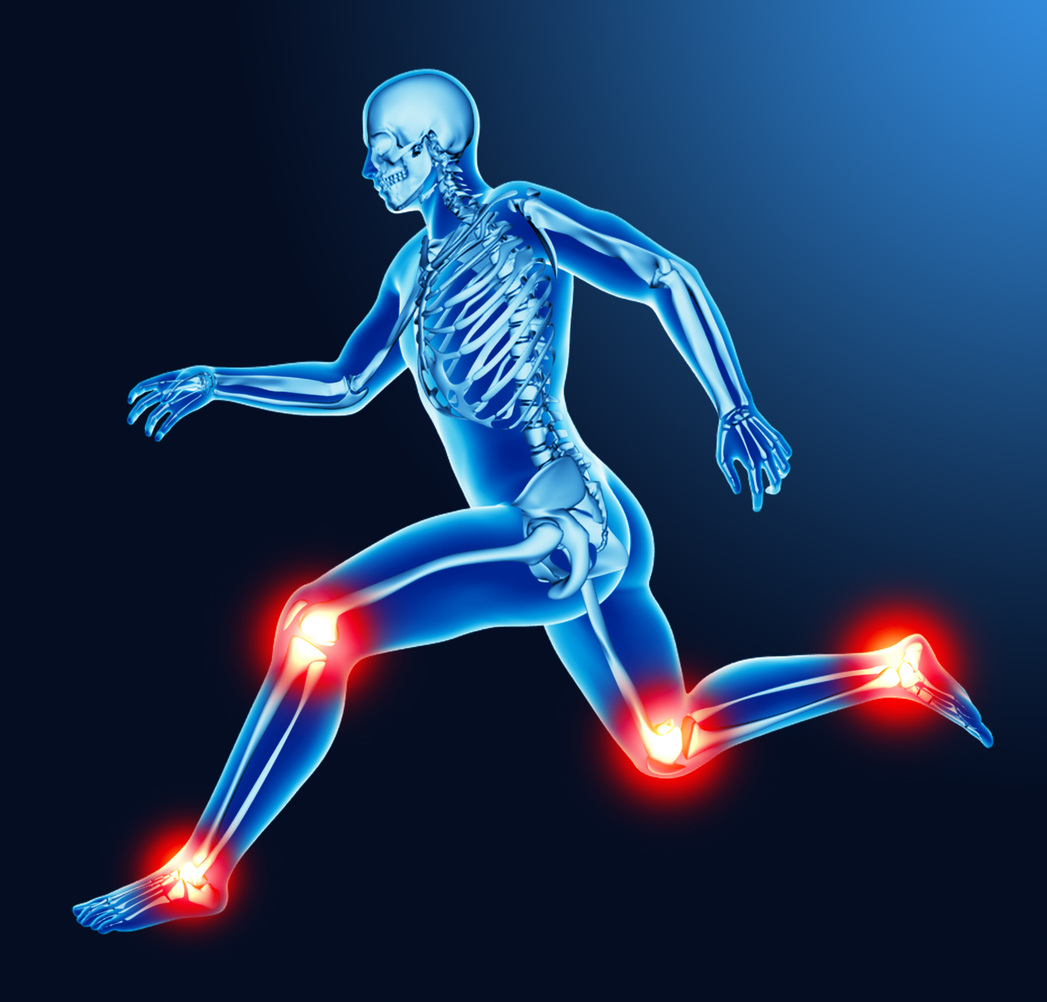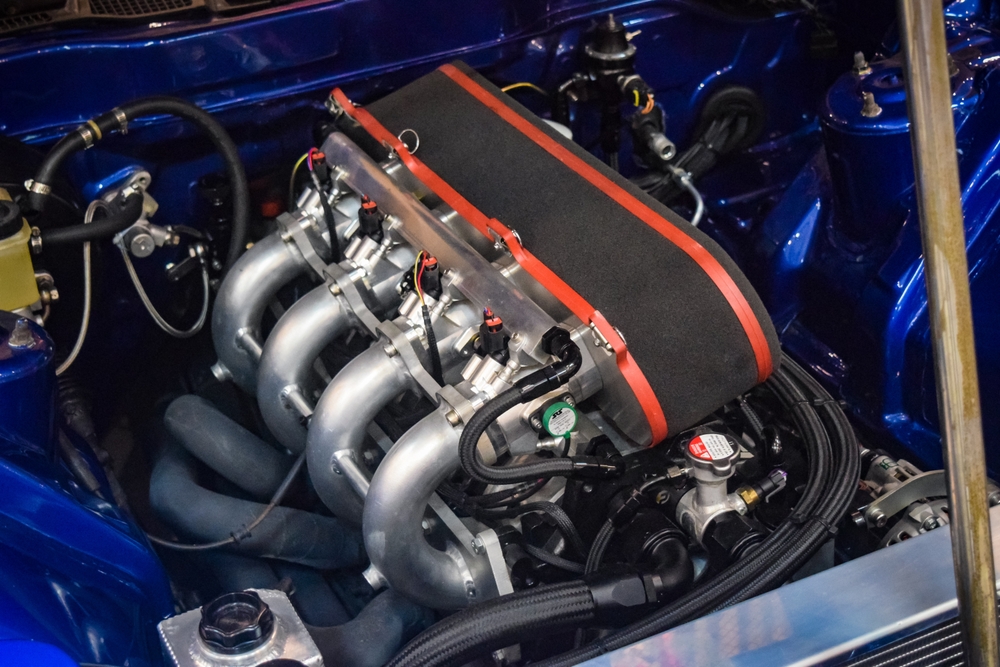Biomechanical Footwear: Revolutionizing Gait and Posture Health
Could the shoes you wear be the key to unlocking better posture, reducing chronic pain, and enhancing your overall well-being? A groundbreaking innovation in footwear technology is challenging our traditional understanding of how shoes impact our bodies. Welcome to the world of biomechanical footwear – a fusion of cutting-edge science and ergonomic design that's reshaping the way we walk, stand, and move.

The Evolution of Footwear Science
The concept of biomechanical footwear has its roots in the early 20th century, when podiatrists and orthopedic specialists began to recognize the profound impact of foot mechanics on overall health. However, it wasn’t until recent decades that advancements in materials science, 3D modeling, and gait analysis technologies converged to make truly effective biomechanical shoes possible.
Traditional approaches to foot health often focused on providing arch support and cushioning to alleviate symptoms. In contrast, biomechanical footwear aims to address the underlying causes of gait abnormalities and postural issues. By incorporating features such as variable-density midsoles, strategically placed pivot points, and customized sole geometries, these shoes work to retrain the body’s natural movement patterns.
The Science Behind Biomechanical Footwear
At the heart of biomechanical footwear design is a deep understanding of human biomechanics. These shoes are engineered to influence the complex interplay between bones, muscles, and ligaments during various phases of the gait cycle. Key scientific principles incorporated into their design include:
-
Proprioception enhancement: Specialized textures and materials in the sole stimulate nerve endings in the feet, improving the body’s awareness of its position in space.
-
Center of pressure manipulation: Subtle variations in sole density and shape alter the distribution of forces across the foot, encouraging a more balanced and efficient stride.
-
Muscle activation patterns: By slightly destabilizing the foot in controlled ways, these shoes engage underutilized muscles, promoting strength and flexibility throughout the lower limbs.
-
Joint stress reduction: Advanced shock absorption and energy return systems minimize impact forces on joints, potentially reducing the risk of conditions like osteoarthritis.
Benefits and Potential Applications
The potential benefits of biomechanical footwear extend far beyond simple comfort. Research has shown promising results in several areas:
-
Chronic pain management: Studies have demonstrated significant reductions in lower back, hip, and knee pain among individuals wearing biomechanical shoes regularly.
-
Improved athletic performance: By optimizing energy transfer and reducing muscular fatigue, these shoes may enhance endurance and power output in various sports.
-
Fall prevention in older adults: The balance-enhancing properties of biomechanical footwear could play a crucial role in reducing the risk of falls among the elderly population.
-
Posture correction: Long-term use has been associated with improvements in overall posture, potentially alleviating issues stemming from sedentary lifestyles and poor ergonomics.
-
Rehabilitation support: Physical therapists and orthopedic specialists are increasingly incorporating biomechanical footwear into treatment plans for conditions ranging from plantar fasciitis to stroke recovery.
Challenges and Considerations
While the potential of biomechanical footwear is immense, it’s important to approach this technology with a balanced perspective. Some challenges and considerations include:
-
Adaptation period: Users may experience initial discomfort or muscle soreness as their bodies adjust to the new movement patterns encouraged by the shoes.
-
Individual variability: Not all biomechanical designs will be equally effective for every person, highlighting the need for personalized assessment and fitting.
-
Cost factors: Advanced biomechanical footwear often comes with a higher price tag, potentially limiting accessibility for some consumers.
-
Long-term effects: More longitudinal studies are needed to fully understand the long-term impacts of altering natural gait patterns through footwear.
-
Integration with existing footwear norms: Balancing the functional aspects of biomechanical design with aesthetic preferences and professional dress codes remains a challenge for manufacturers.
Stepping into Better Health: Key Insights
• Biomechanical footwear can reduce impact forces on knees by up to 20% during walking and running.
• Regular use of these shoes has been shown to increase calf muscle strength by an average of 15% over six months.
• Some designs incorporate smart sensors to provide real-time feedback on gait patterns via smartphone apps.
• Customized 3D-printed insoles based on individual foot scans are becoming increasingly available, offering personalized biomechanical support.
• Certain biomechanical shoe models have demonstrated a 40% reduction in lower back pain symptoms in clinical trials.
As we continue to unlock the secrets of human biomechanics, the future of footwear looks increasingly sophisticated and tailored to individual needs. Biomechanical shoes represent not just a new product category, but a fundamental reimagining of how we interact with the ground beneath our feet. By embracing this technology, we may be taking steps towards a future where chronic pain, postural issues, and movement inefficiencies become relics of the past. As research progresses and designs evolve, biomechanical footwear stands poised to play a pivotal role in our journey towards holistic health and optimized physical performance.





